
1, one. Transmission system: The power emitted by the car engine is transmitted to the driving wheels by the transmission system. The transmission system has functions such as deceleration, variable speed, reversing, interrupting power, inter-wheel differential and inter-axle differential. It works with the engine to ensure the normal operation of the car under various working conditions, and has good dynamics and economy.
2. Powered by the engine, the transmission speed change and the main deceleration are transmitted to the wheels through the semi-axle. Hope to adopt.
3. Sit in the car, light the car, and step on the accelerator to set off. This is what a rare thing we usually do. However, I'm afraid many people don't know much about the process of car engines from static start to operation.
4. Continue to turn the key to oN (If the key can't be turned, it is likely that the steering wheel is locked. Just turn the steering wheel gently and squee it), and then stop waiting for 6-10 seconds to let the oil pump relay absorb. Start the engine, and then observe whether the indicator light of the instrument is normal.
5. The power of the car is transmitted to the main reducer and differential through the transmission of the engine, and then to the drive wheel through the semi-axle. Give the car a forward thrust through the friction between the driving wheel and the ground. The car started to move. The purpose of the teaching can be to understand the basic working principle of cars.

Start smoothly and have the correct posture. When starting normally, it is required to be stable, safe and fuel-efficient. At the same time, you should have a correct driving posture, look far and near, always look at the road and traffic conditions ahead, and do not look down at the parts. When starting, try to avoid forward rush, shaking, shutdown, intermittent arching and other phenomena. Only a smooth start can save fuel.
Adjust the seat after getting on the car. If our legs can't be flexed and stretched freely, it will be very tiring to control the throttle and clutch for a long time.
The starting method of the car is to step on the foot brake and pull the gear to N gear; turn the key, turn half a turn, and start the engine; wait for the engine to turn for about 1 minute, listen to the sound of the engine turning and turn less, step on the foot brake, pull the gear to D gear, release the handbrake; master the steering wheel, slowly release the foot brake, and the car will start automatically. .
Dahan Automobile Circle 2023-10-26 · Contributed more than 329 answers Follow Expand All The correct order of starting the automatic transmission car The correct order of starting the automatic transmission car is as follows: Insert the car key into the keyhole and rotate it for half a lap. After the self-test is completed, turn on the power and start. Step on the brake and hang the D gear. Release the handbrake.
Engine burningThe expansion of the material combustion gas pushes the piston to make the wheel rotate. Because the wheel has a backward (basically backward) force on the ground, the friction force between the ground and the car is generated, and the car also moves.
The original car was a rack car. Its power depends on manpower, and the rack car is still in use. Later, carriages and donkey carts appeared, and their power was horses and donkeys. In modern times, cars appeared, and their power was diesel and gasoline.
The clutch is located in the flywheel shell between the engine and the gearbox. The clutch assembly is fixed on the rear plane of the flywheel with screws. The output shaft of the clutch is the input shaft of the gearbox.
First, start the vehicle switch, and then rely on the battery to supply the power, and let the starter drive the engine crankshaft and piston to start the engine.The kinetic energy generated by the motive is transmitted to the drive wheel through the clutch fitting and the gearbox at the transmission ratio of the corresponding gear. The drive wheel begins to rotate, and the vehicle begins to move or backward. The car began to move.
1. Ignition switch The ignition switch is the last step to start the car. When operating, the ignition switch should be turned to the "start" position. Because the position of the ignition switch is generally high, you should pay attention to Exactly, otherwise an accident may happen.
2. Manual transmission car: Before getting on the car, you need to check the surrounding environment to ensure safety. After getting on the car, put the gear in neutral gear and step on the brake and clutch at the same time. Then turn the key to on gear and wait for the engine self-inspection to start the car.After waiting for 30 seconds, check the dashboard for any faults. If there is no abnormality, you can leave.
3. How to start the car is as follows: 1. Automatic gearshift car: The automatic gearshift car needs to look around the vehicle, open the door after confirming the safety, confirm that the gear is in front of the parking gear, step on the brake, and then press the button to start the button. The car will idle for about 30 seconds, check whether the indicator light on the dashboard is abnormal, check whether it is in D gear, and prepare to drive.
4. Before starting the car, hang the idle gear and shake it left and right to make sure it is in the idle position. The specific method is shown in the figure below. When starting, step on the clutch with your left foot and step on the foot brake with your right foot. Turn the ignition switch to the right with your right hand. After the circuit is turned on, the light on the dashboard will turn on.
5. The correct order to start the car: turn the key to the connection position.Step on the foot brake and pull the gear from P gear to N gear. Release the foot brake, turn the ignition key to the ignition gear, and start the engine. Step on the foot brake, release the handbrake, and pull the gear from N to D.
6. Steps to start the car correctly: 1. After getting on the car, adjust the seat to suit you, and then fasten the seat belt. Start the car, then step on the clutch with your left foot and hang the first gear. Turn on the left turn signal and signal with the horn.
UK trade data management software-APP, download it now, new users will receive a novice gift pack.
1, one. Transmission system: The power emitted by the car engine is transmitted to the driving wheels by the transmission system. The transmission system has functions such as deceleration, variable speed, reversing, interrupting power, inter-wheel differential and inter-axle differential. It works with the engine to ensure the normal operation of the car under various working conditions, and has good dynamics and economy.
2. Powered by the engine, the transmission speed change and the main deceleration are transmitted to the wheels through the semi-axle. Hope to adopt.
3. Sit in the car, light the car, and step on the accelerator to set off. This is what a rare thing we usually do. However, I'm afraid many people don't know much about the process of car engines from static start to operation.
4. Continue to turn the key to oN (If the key can't be turned, it is likely that the steering wheel is locked. Just turn the steering wheel gently and squee it), and then stop waiting for 6-10 seconds to let the oil pump relay absorb. Start the engine, and then observe whether the indicator light of the instrument is normal.
5. The power of the car is transmitted to the main reducer and differential through the transmission of the engine, and then to the drive wheel through the semi-axle. Give the car a forward thrust through the friction between the driving wheel and the ground. The car started to move. The purpose of the teaching can be to understand the basic working principle of cars.

Start smoothly and have the correct posture. When starting normally, it is required to be stable, safe and fuel-efficient. At the same time, you should have a correct driving posture, look far and near, always look at the road and traffic conditions ahead, and do not look down at the parts. When starting, try to avoid forward rush, shaking, shutdown, intermittent arching and other phenomena. Only a smooth start can save fuel.
Adjust the seat after getting on the car. If our legs can't be flexed and stretched freely, it will be very tiring to control the throttle and clutch for a long time.
The starting method of the car is to step on the foot brake and pull the gear to N gear; turn the key, turn half a turn, and start the engine; wait for the engine to turn for about 1 minute, listen to the sound of the engine turning and turn less, step on the foot brake, pull the gear to D gear, release the handbrake; master the steering wheel, slowly release the foot brake, and the car will start automatically. .
Dahan Automobile Circle 2023-10-26 · Contributed more than 329 answers Follow Expand All The correct order of starting the automatic transmission car The correct order of starting the automatic transmission car is as follows: Insert the car key into the keyhole and rotate it for half a lap. After the self-test is completed, turn on the power and start. Step on the brake and hang the D gear. Release the handbrake.
Engine burningThe expansion of the material combustion gas pushes the piston to make the wheel rotate. Because the wheel has a backward (basically backward) force on the ground, the friction force between the ground and the car is generated, and the car also moves.
The original car was a rack car. Its power depends on manpower, and the rack car is still in use. Later, carriages and donkey carts appeared, and their power was horses and donkeys. In modern times, cars appeared, and their power was diesel and gasoline.
The clutch is located in the flywheel shell between the engine and the gearbox. The clutch assembly is fixed on the rear plane of the flywheel with screws. The output shaft of the clutch is the input shaft of the gearbox.
First, start the vehicle switch, and then rely on the battery to supply the power, and let the starter drive the engine crankshaft and piston to start the engine.The kinetic energy generated by the motive is transmitted to the drive wheel through the clutch fitting and the gearbox at the transmission ratio of the corresponding gear. The drive wheel begins to rotate, and the vehicle begins to move or backward. The car began to move.
1. Ignition switch The ignition switch is the last step to start the car. When operating, the ignition switch should be turned to the "start" position. Because the position of the ignition switch is generally high, you should pay attention to Exactly, otherwise an accident may happen.
2. Manual transmission car: Before getting on the car, you need to check the surrounding environment to ensure safety. After getting on the car, put the gear in neutral gear and step on the brake and clutch at the same time. Then turn the key to on gear and wait for the engine self-inspection to start the car.After waiting for 30 seconds, check the dashboard for any faults. If there is no abnormality, you can leave.
3. How to start the car is as follows: 1. Automatic gearshift car: The automatic gearshift car needs to look around the vehicle, open the door after confirming the safety, confirm that the gear is in front of the parking gear, step on the brake, and then press the button to start the button. The car will idle for about 30 seconds, check whether the indicator light on the dashboard is abnormal, check whether it is in D gear, and prepare to drive.
4. Before starting the car, hang the idle gear and shake it left and right to make sure it is in the idle position. The specific method is shown in the figure below. When starting, step on the clutch with your left foot and step on the foot brake with your right foot. Turn the ignition switch to the right with your right hand. After the circuit is turned on, the light on the dashboard will turn on.
5. The correct order to start the car: turn the key to the connection position.Step on the foot brake and pull the gear from P gear to N gear. Release the foot brake, turn the ignition key to the ignition gear, and start the engine. Step on the foot brake, release the handbrake, and pull the gear from N to D.
6. Steps to start the car correctly: 1. After getting on the car, adjust the seat to suit you, and then fasten the seat belt. Start the car, then step on the clutch with your left foot and hang the first gear. Turn on the left turn signal and signal with the horn.
How to choose correct HS code in ASEAN
author: 2024-12-24 02:26How to integrate HS codes in ERP
author: 2024-12-24 02:23HS code compliance for customs
author: 2024-12-24 01:00HS code accuracy for automotive exports
author: 2024-12-23 23:49Global trade partner compliance checks
author: 2024-12-24 02:10HS code-driven compliance workflows
author: 2024-12-24 01:44Trade data for strategic pricing
author: 2024-12-24 01:35How to find reliable importers and exporters
author: 2024-12-24 00:37Advanced commodity classification analytics
author: 2024-12-24 00:24 Industry-specific HS code database
Industry-specific HS code database
186.55MB
Check customs data reports
customs data reports
888.41MB
Check Latin America HS code classification
Latin America HS code classification
145.97MB
Check Identify duty-free items via HS code
Identify duty-free items via HS code
996.94MB
Check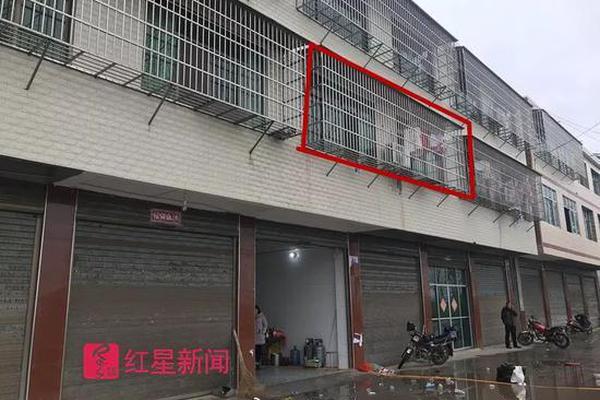 How to track non-compliance incidents
How to track non-compliance incidents
541.47MB
Check Medical consumables HS code data
Medical consumables HS code data
151.16MB
Check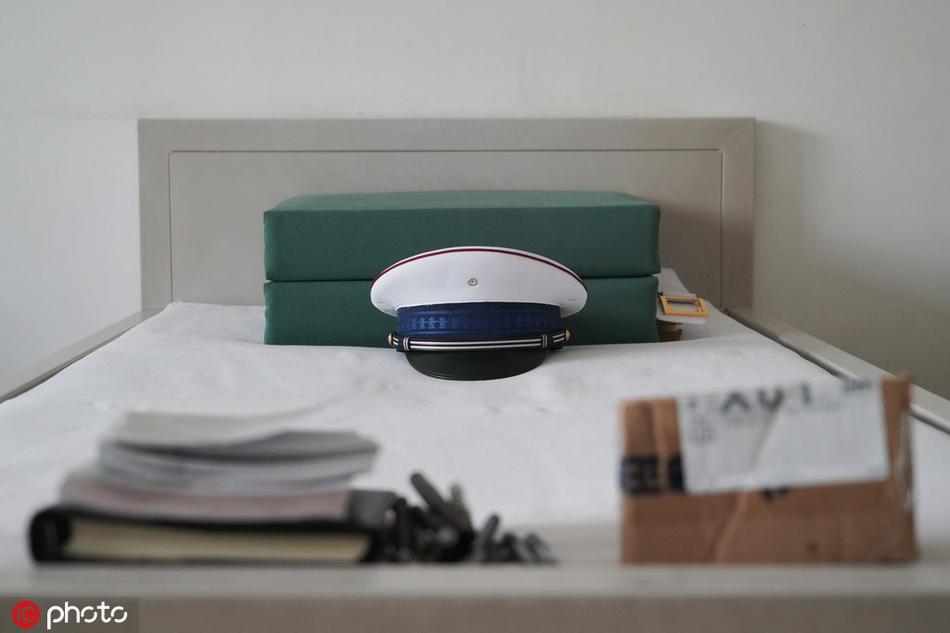 High-tech exports HS code categorization
High-tech exports HS code categorization
136.99MB
Check How to track global shipments
How to track global shipments
918.78MB
Check Textile finishing HS code analysis
Textile finishing HS code analysis
686.74MB
Check Refined sugar HS code identification
Refined sugar HS code identification
586.12MB
Check Global trade analytics for decision-makers
Global trade analytics for decision-makers
576.62MB
Check HS code referencing for port authorities
HS code referencing for port authorities
932.28MB
Check HS code compliance in the USA
HS code compliance in the USA
691.85MB
Check HS code correlation with quality standards
HS code correlation with quality standards
691.62MB
Check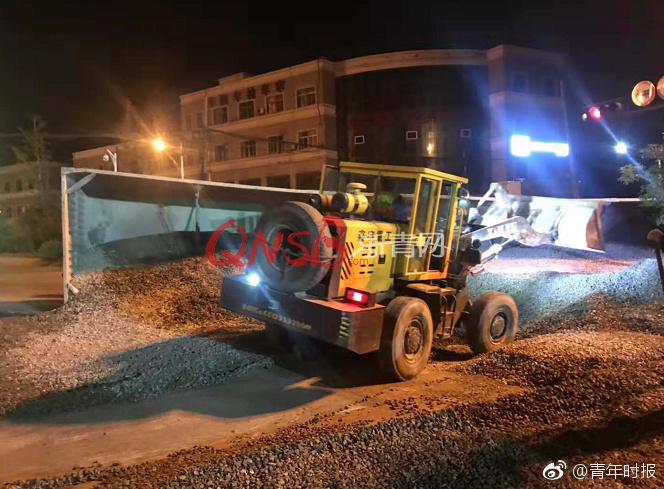 Top trade data keywords for SEO
Top trade data keywords for SEO
247.56MB
Check HS code alignment with logistics software
HS code alignment with logistics software
925.76MB
Check Integrating HS codes in export marketing
Integrating HS codes in export marketing
717.68MB
Check Trade data-driven warehousing decisions
Trade data-driven warehousing decisions
886.56MB
Check HS code alignment with logistics software
HS code alignment with logistics software
481.35MB
Check Trade data visualization dashboards
Trade data visualization dashboards
786.13MB
Check Africa customs data solutions
Africa customs data solutions
735.18MB
Check Trade data for industrial machinery
Trade data for industrial machinery
834.37MB
Check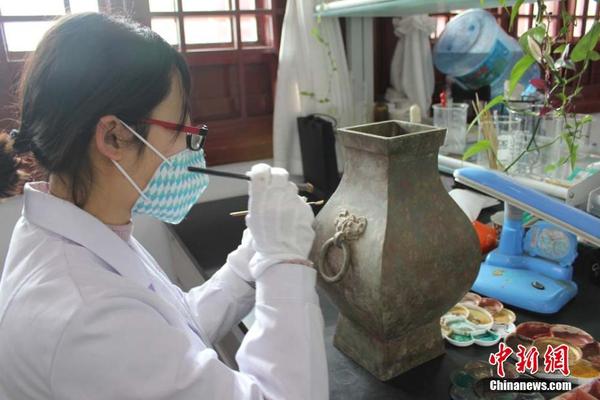 Country-of-origin rules by HS code
Country-of-origin rules by HS code
195.16MB
Check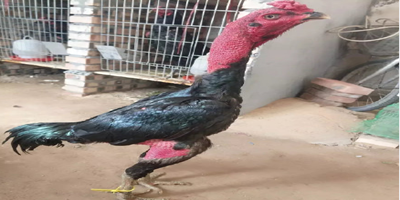 Global trade analysis dashboard
Global trade analysis dashboard
857.16MB
Check Regional trade agreements HS code mapping
Regional trade agreements HS code mapping
195.49MB
Check WTO harmonization and HS codes
WTO harmonization and HS codes
466.41MB
Check Pharmaceutical HS code compliance in India
Pharmaceutical HS code compliance in India
476.46MB
Check HS code-based SLA tracking for vendors
HS code-based SLA tracking for vendors
754.61MB
Check Import data for raw commodities
Import data for raw commodities
295.12MB
Check International procurement intelligence
International procurement intelligence
188.99MB
Check Petroleum products HS code insights
Petroleum products HS code insights
875.62MB
Check Real-time import export alerts
Real-time import export alerts
821.74MB
Check Germany international trade insights
Germany international trade insights
428.72MB
Check Country-wise HS code compliance tips
Country-wise HS code compliance tips
681.47MB
Check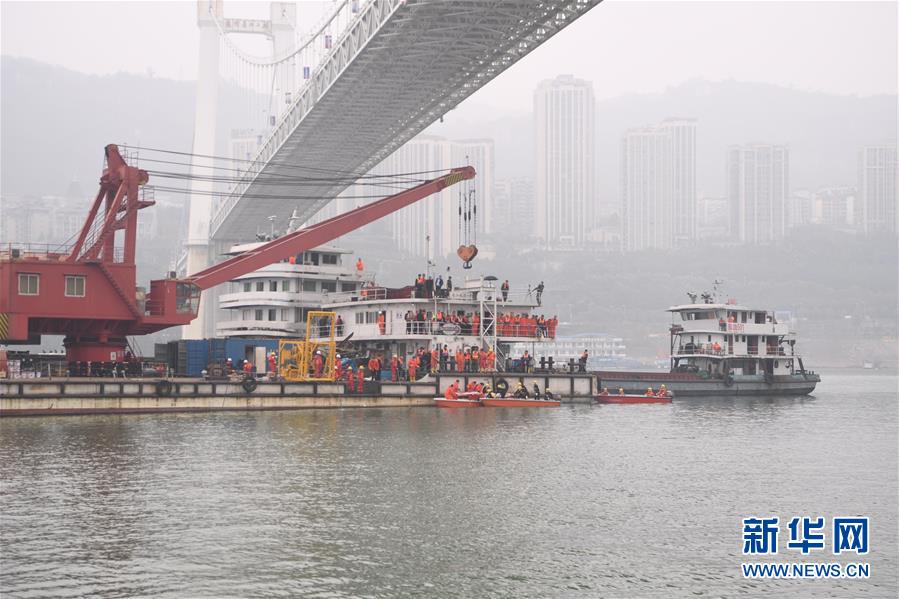 HS code-based cost modeling for imports
HS code-based cost modeling for imports
294.66MB
Check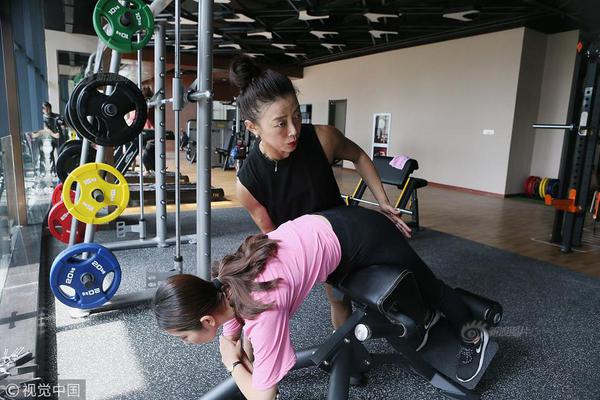 Optimizing FTAs with HS code data
Optimizing FTAs with HS code data
757.15MB
Check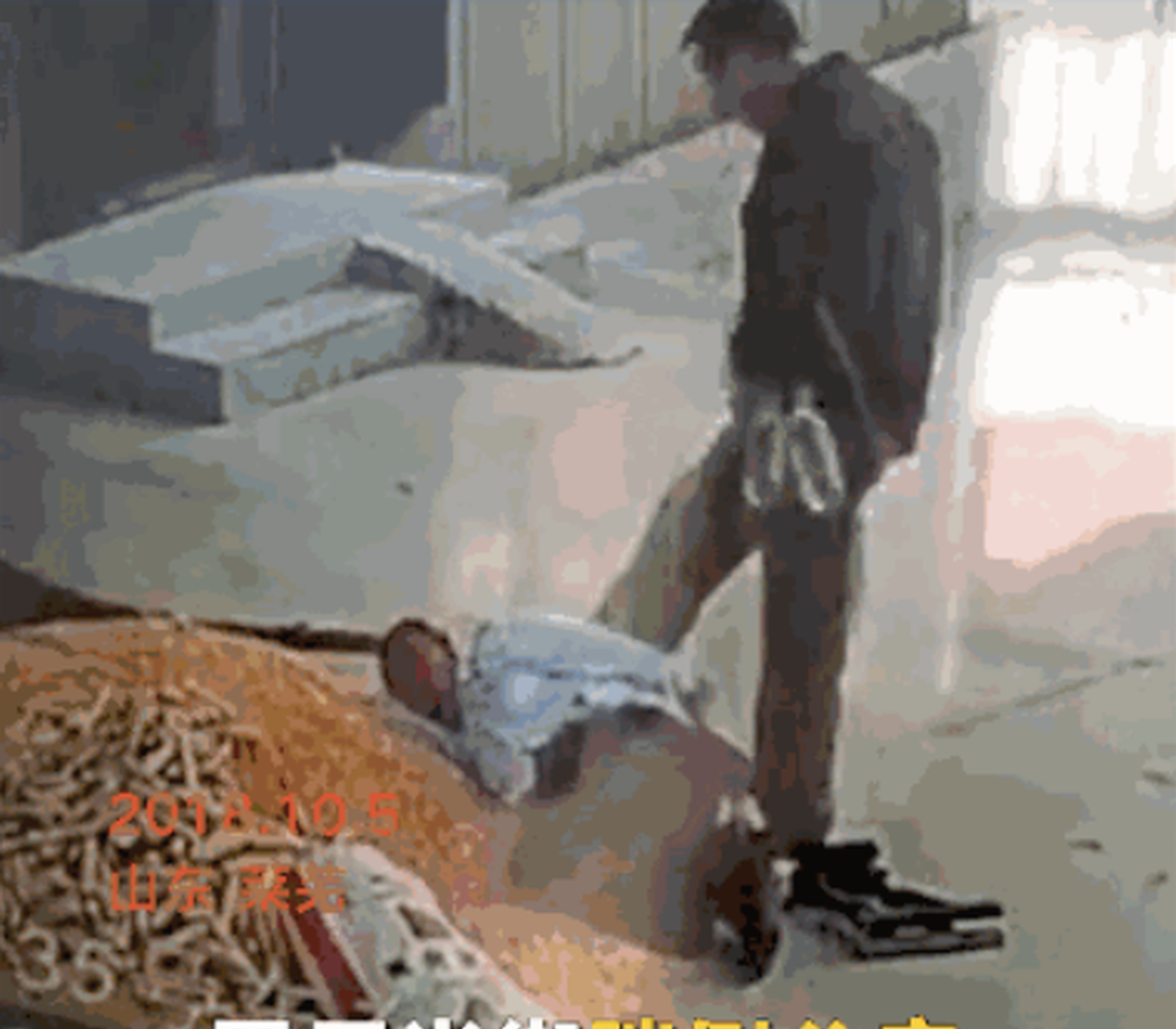
Scan to install
UK trade data management software to discover more
Netizen comments More
1338 Pharmaceuticals (HS code ) export data
2024-12-24 02:05 recommend
2960 Non-tariff barriers by HS code
2024-12-24 01:36 recommend
1983 Textile supply chain HS code mapping
2024-12-24 01:26 recommend
1308 How to adapt to shifting trade policies
2024-12-24 01:18 recommend
1703 HS code monitoring in European supply chains
2024-12-24 00:10 recommend